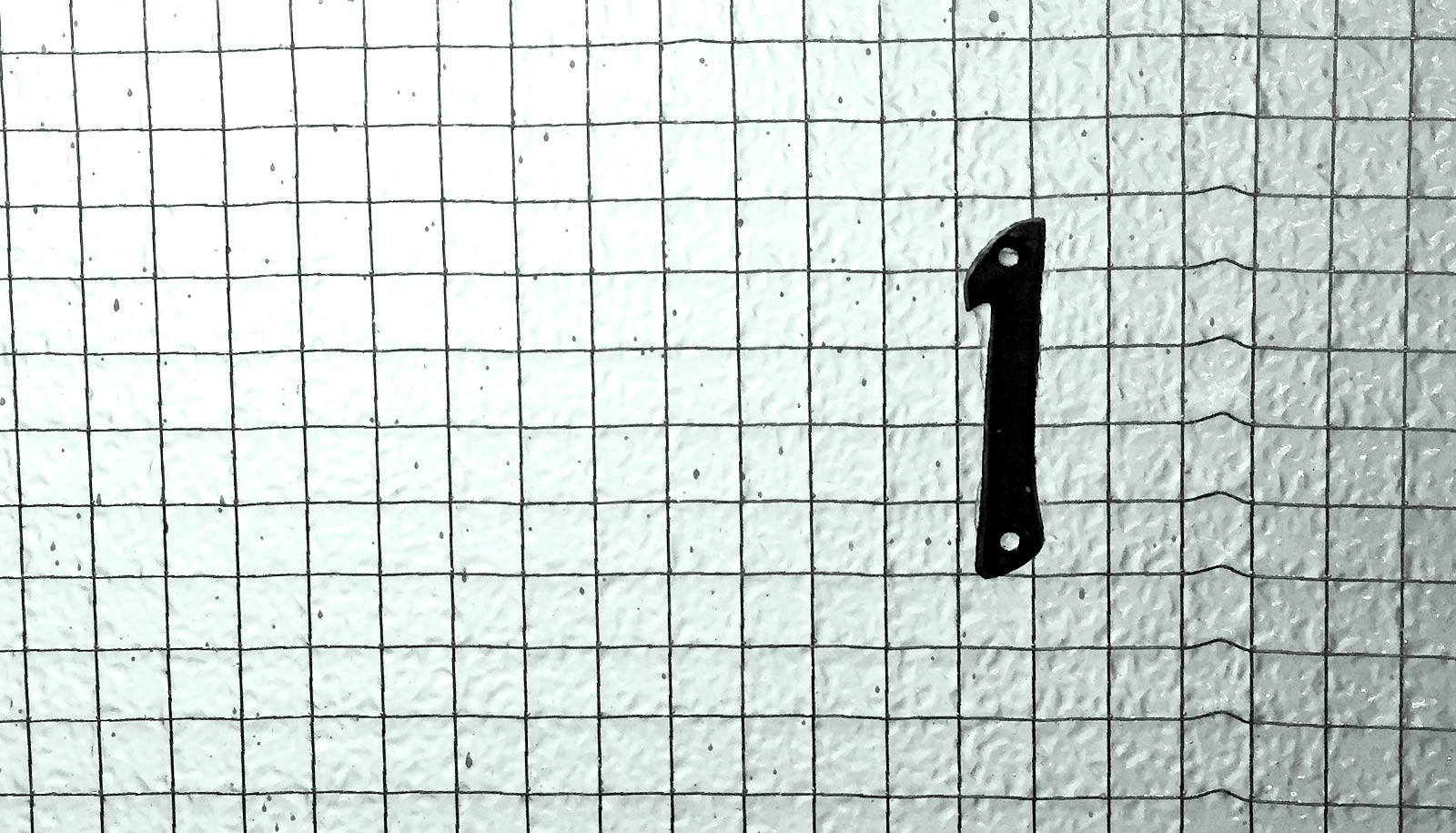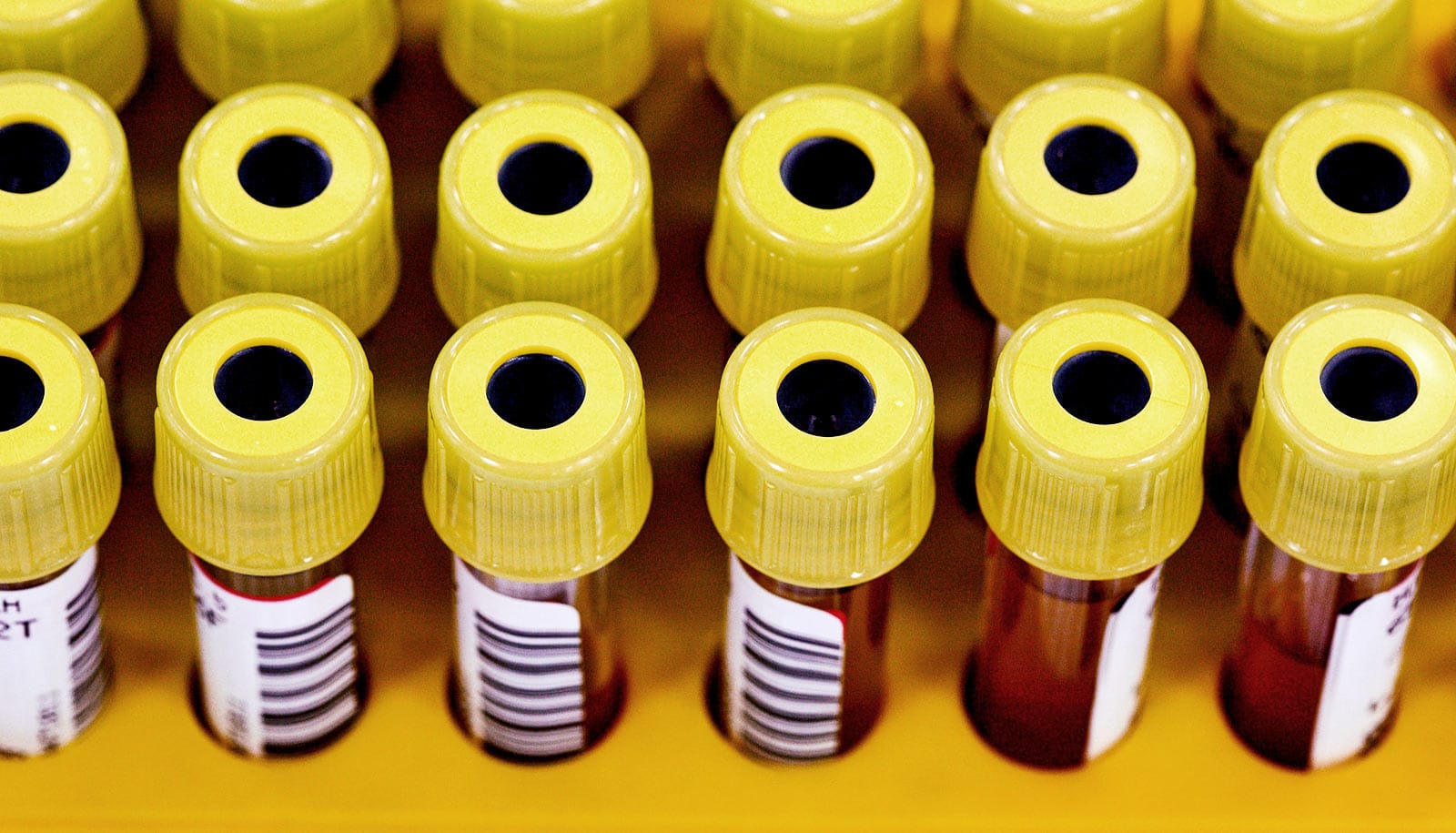A new discovery clarifies how key human brain cells respond to Alzheimer’s disease, a move researchers say vaults a major obstacle in the quest to understand and one day vanquish it.
By developing a way for human brain immune cells known as microglia to grow and function in mice, scientists now have an unprecedented view of crucial mechanisms contributing to the disease.
The research also holds promise for investigating many other neurological conditions such as Parkinson’s disease, traumatic brain injury, and stroke, the researchers say.
A new mouse model
The new rodent model is “chimeric,” a word that stems from the mythical Greek monster Chimera that was part goat, lion, and serpent. The word describes an organism containing at least two different sets of DNA.
To create the specialized mouse, the team generated induced pluripotent stem cells, or iPSCs, using cells adult patients donated. Once they create the cells, scientists can turn iPSCs into any other type of cell.
“This specialized mouse will allow researchers to better mimic the human condition during different phases of Alzheimer’s…”
In this case, the researchers coaxed the iPSCs into becoming young microglia and implanted them into genetically-modified mice. Examining the rodents several months later, the scientists found about 80% of the microglia in their brains was human, opening the door for an array of new research.
“Microglia are now seen as having a crucial role in the development and progression of Alzheimer’s,” says Mathew Blurton-Jones, associate professor of neurobiology & behavior at the University of California, Irvine.
“The functions of our cells are influenced by which genes are turned on or off. Recent research has identified over 40 different genes with links to Alzheimer’s and the majority of these are switched on in microglia. However, so far we’ve only been able to study human microglia at the end stage of Alzheimer’s in post-mortem tissues or in petri dishes.”
Mirroring Alzheimer’s in humans
In verifying the chimeric model’s effectiveness for these investigations, the team checked how its human microglia reacted to amyloid plaques, protein fragments in the brain that accumulate in people with Alzheimer’s. They indeed imitated the expected response when they migrated toward the amyloid plaques and surrounded them.
“The human microglia also showed significant genetic differences from the rodent version in their response to the plaques, demonstrating how important it is to study the human form of these cells,” Blurton-Jones says.
“This specialized mouse will allow researchers to better mimic the human condition during different phases of Alzheimer’s while performing properly-controlled experiments,” says Jonathan Hasselmann, a neurobiology & behavior graduate student involved in the study.
Understanding the stages of the disease, which according to the Alzheimer’s Association can last from two to 20 years, has been among the challenges facing researchers.
“In addition to yielding vital information about Alzheimer’s, this new chimeric rodent model can show us the role of these important immune cells in brain development and a wide range of neurological disorders,” says coauthor Morgan Coburn, also a neurobiology & behavior graduate student.
The paper appears in Neuron. Additional researchers are from UC Irvine, UC San Diego, and McGill University. The National Institutes of Health and the California Institute for Regenerative Medicine provided primary funding.
Source: UC Irvine



